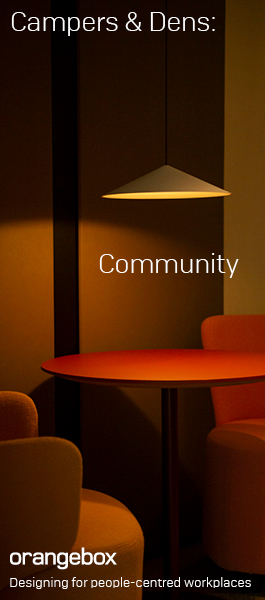March 2, 2018
Productivity, retention and employee wellbeing improve when there is workplace trust

Being in a reliable work environment increases retention, productivity and employee wellbeing, while also promoting a better business culture, finds new research from Bupa. An examination of workplace trust and the impact on employee wellbeing reveals that over half (53 per cent) of employees considered it to be a major factor in whether they stayed or left a company. The research found that nearly a quarter of UK employees (24 per cent) have left their company due to issues around trust. Although trust is not a tangible workplace benefits, such as salary and bonuses, it is an essential variable in promoting harmony and productivity within an organisation and the study suggests how important it is within the workplace, and also the contribution it makes to the wellbeing of employees and the overall performance of a company. The study also asked employees how trust compares to other company benefits. Nearly two thirds (62 per cent) believe that trust is more important than a gym membership or company mobile, while over half value it more than a free canteen (56 per cent) and company car (55 per cent).

























December 12, 2017
A 300 year old idea explains some of the enduring appeal of the open plan
by Mark Eltringham • Comment, Facilities management, Workplace design
In the 18th Century the utilitarian philosopher Jeremy Bentham came up with his idea of the Panopticon, a prison building with a central tower encircled by cells so that each person in the cells knew they could be watched at all times. Whether they were observed or not was actually immaterial. Bentham called it ‘a new mode of obtaining power of mind over mind’ and while he focused on its use as a prison, he was also aware of the idea’s usefulness for schools, asylums and hospitals. Bentham got the original idea following a visit to Belarus to see his brother who was managing sites there and had used the idea of a circular building at the centre of an industrial compound to allow a small number of managers to oversee the activities of a large workforce. This is something of a precursor of the scientific management theories of Frederick Taylor that continue to influence the way we work and manage people.
(more…)